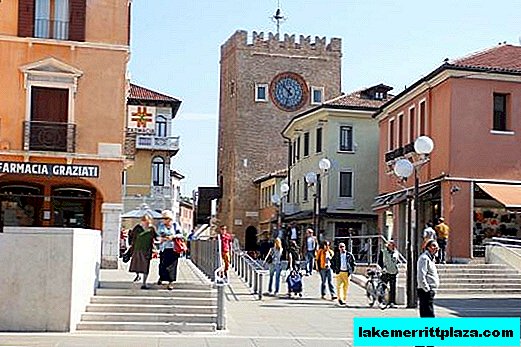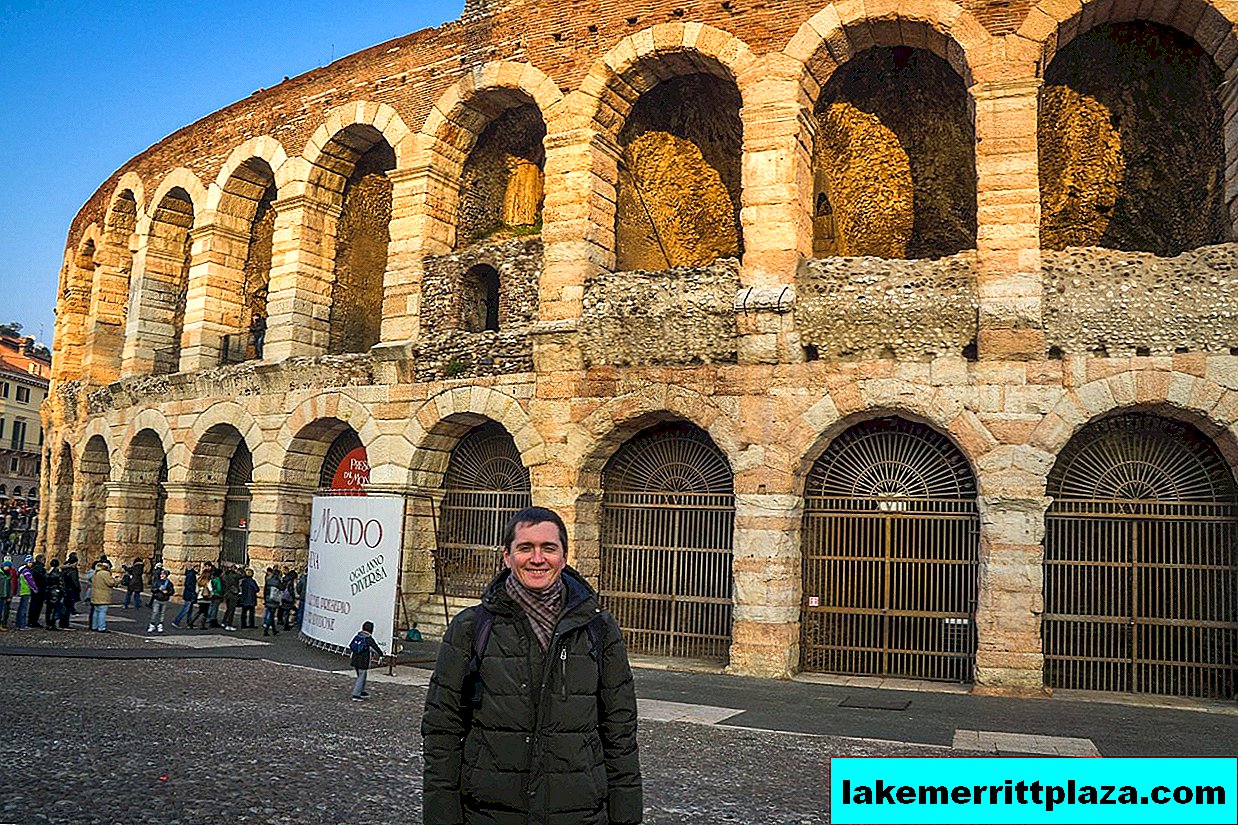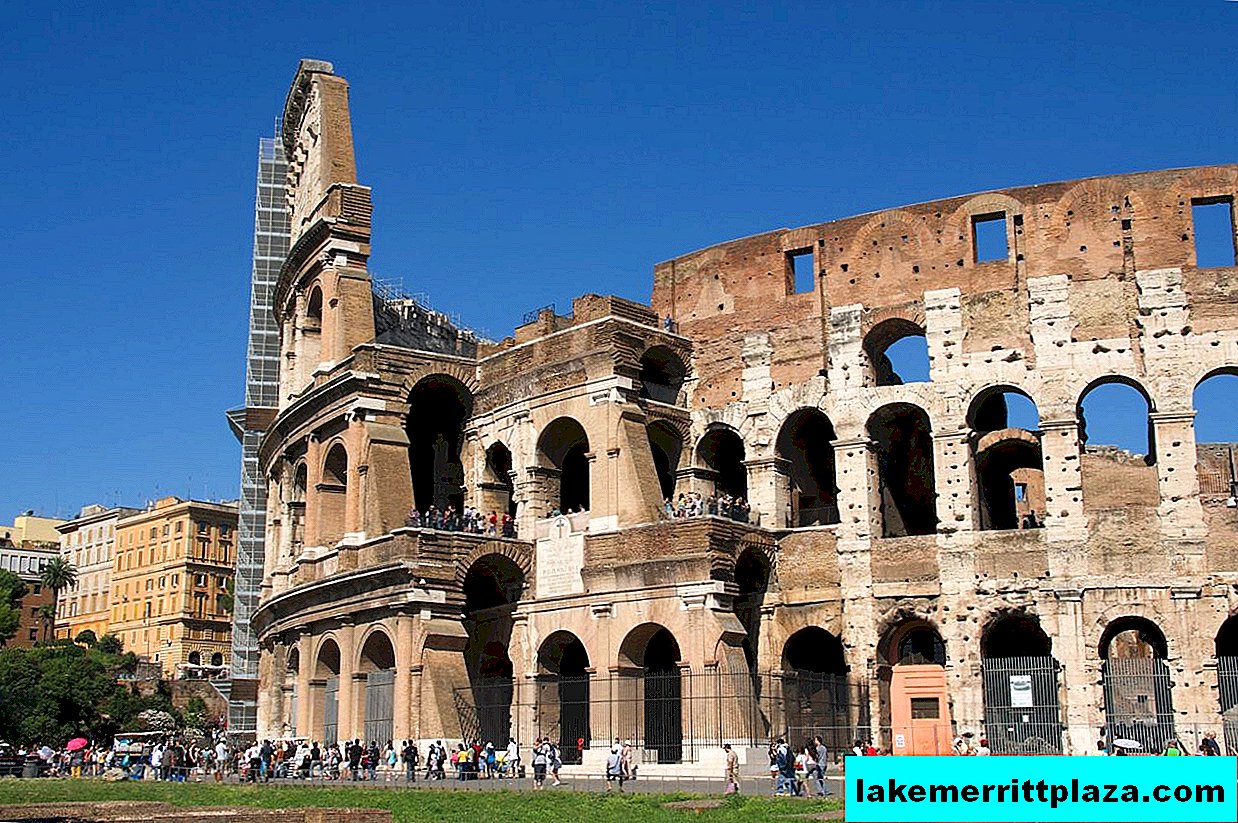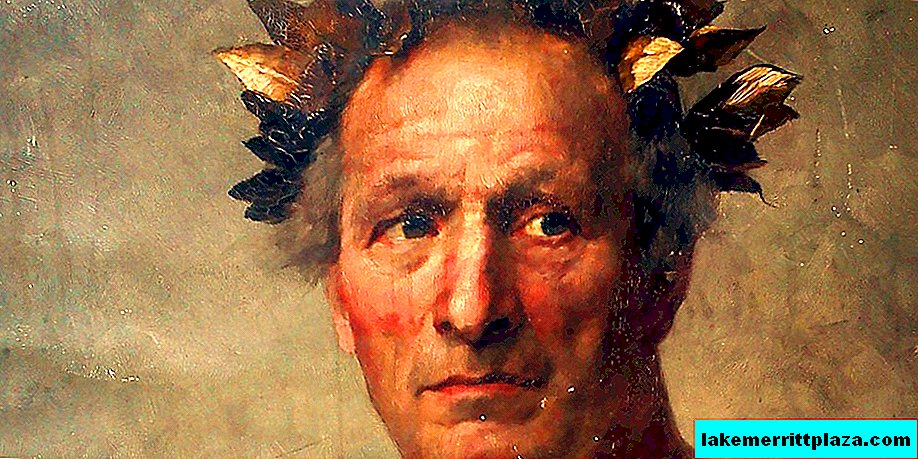Palace of Justice in Rome (Palazzo di Giustizia) - one of the great attractions of Italy. Today the building is the seat of the Supreme Court of Cassation, it is located in the Prati district, not far from Castel Sant'Angelo Castle. One of the main advantages is its appearance: a lot of decorating elements in the form of statues and stucco work are concentrated on the castle. If you are going to visit Rome, you should definitely look at this marvelous structure. It is worth noting that it is not at all approved by the locals, the Romans call the building “Ugly Palace”.

Guglielmo Calderini, the architect of the castle, initially did not want to create such a striking design that attracted too much attention. This is confirmed by projects in which the building looks very modest. The construction period fell on 1888-1910, after the construction was completed, it was necessary to complete the halls, a large quadriga was equipped on the roof. As a result, the building was neo-baroque.
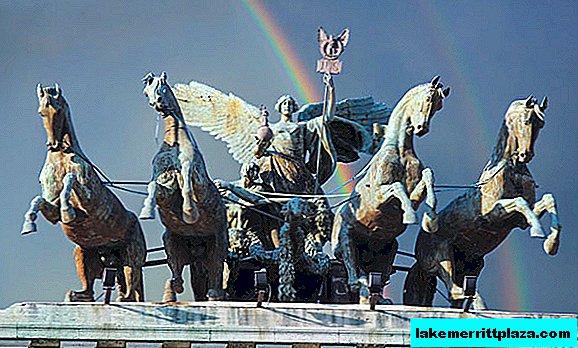
Why is the palace disapproving of the locals? This is primarily due to numerous scandals in the era of construction. The troubles were associated with corruption, which was actively growing around the project. The Palace of Justice is a place that should be crystal clear, unshakable from the point of view of the law ... Local residents were extremely outraged by corruption, the scandals did not abate for 12 years and the negative attitude to the main judicial authority of Italy was transmitted from the old days.
History of the building
Despite numerous problems, the Palace of Justice turned out to be simply chic. Near the entrance there are 10 unique statues in the form of figures of Italian lawyers. Inside there is a magnificent hall, the walls of which are decorated with frescoes. The beauty of the building delights! On one of the facades you can see the coat of arms of the Savoy dynasty, made in smooth bronze tones.
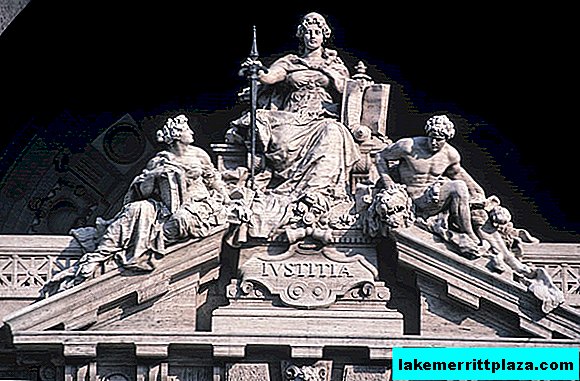
The construction of the castle began on March 14, 1888. During the construction, Giuseppe Zanarrdelli, the keeper of the state press, was present. It was he who insisted that the Palace be erected in the Prati region, then there were already judicial institutions in this part of Rome, but the Palace of Justice was the largest of all. For the construction required platforms that were made of concrete. During the construction, excavations were carried out, thanks to which many sarcophagi were found. On January 11, 1911, the Palace of Justice was declared open, the king of Italy, Victor Emmanuel 3, was present at the ceremony. Since the residence of the Supreme Court has been rebuilt several times during its existence, the elements of architecture belong to different eras, which makes the building even more unique.
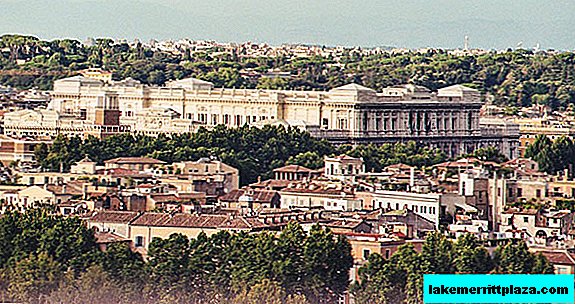
If you are planning to visit Rome, you should definitely take a look at the Palace of Justice.
Official website: www.cortedicassazione.it. The building is located at: Palazzo di Giustizia
Piazza Cavour - 00193 Roma.

